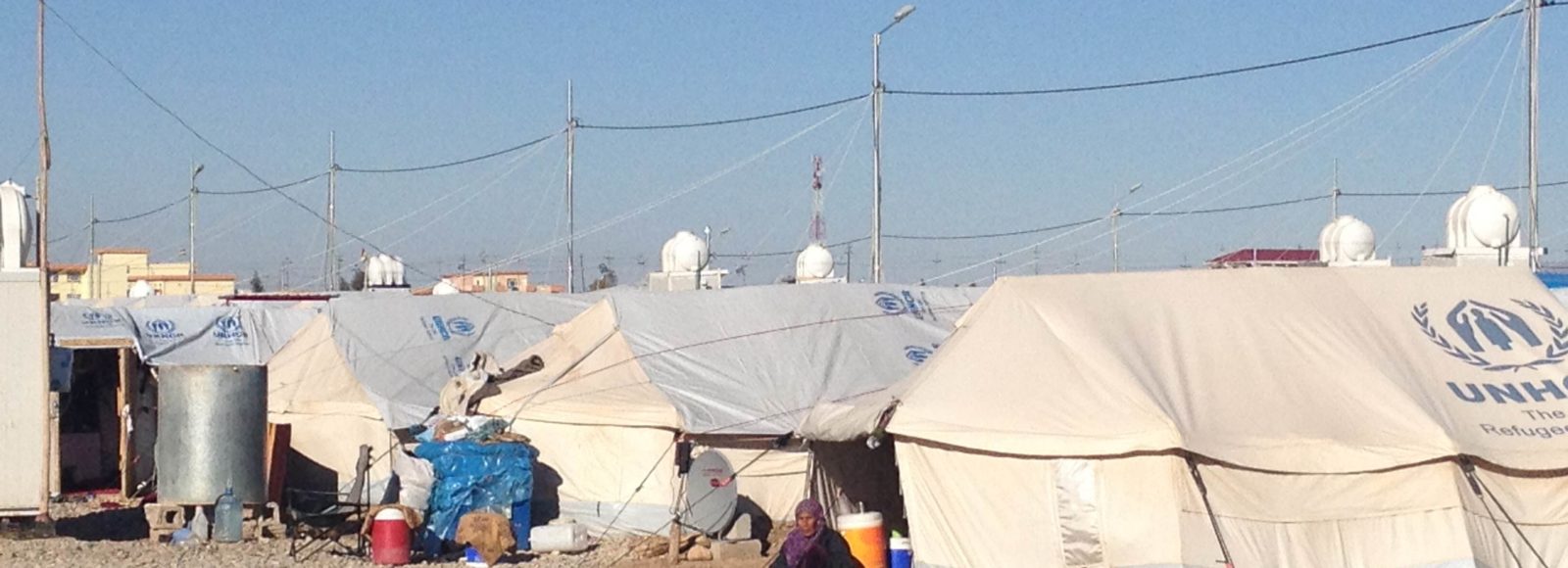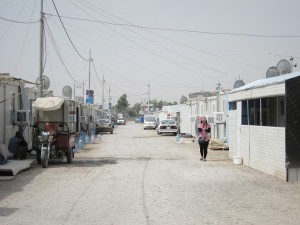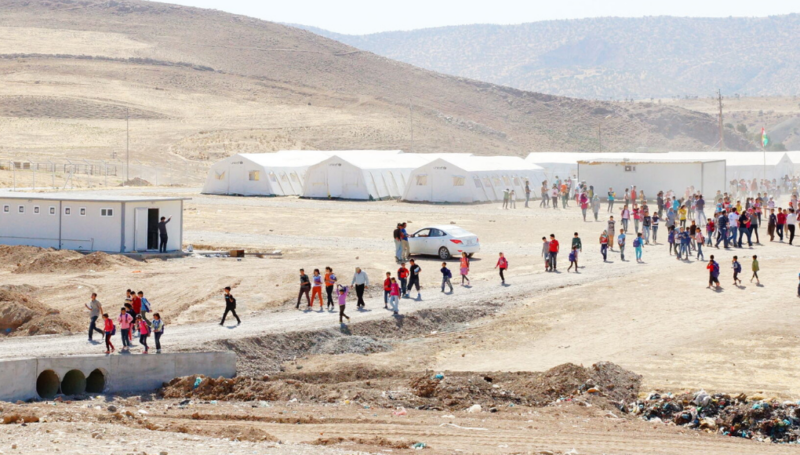The escalation of violent conflict between Armed Groups and the Iraqi government has seen an estimated 3.2 million Iraqis internally displaced as of January 2016 – primarily towards the Kurdistan Region of Iraq (KRI). This large scale of internal displacement started in the governorate of Anbar, where violence began and escalated in June 2014, spreading across much of northern and central Iraq.
Around 236,626 Internally Displaced Persons (IDPs) registered as living in 40 formally recognized camps across Iraq as of August 2015. There is a clear need to monitor all the camps over time as infrastructure either continues to develop or is in need of maintenance, and actors delivering services in the camps shift according to funding and management. To address this need, the CCCM Cluster and REACH conduct Quarterly IDP Camp Profiling rounds that aim to provide regular updated information on developments, needs and gaps in all IDP camps across Iraq, in particular to highlight priority household needs in order to inform the planning of a more effective humanitarian response. This Comparative Multi-Cluster Assessment of IDPs Living in Camps Report (January 2016) provides a comparative analysis of all IDP camps that were assessed as part of the Second Quarterly IDP Camp Profiling Exercise, which was conducted in 34 out of the 40 identified camps between 1 September and 12 October 2015.
The findings indicate that immediate priority needs for IDPs in camps include the provision of special medical assistance for households hosting vulnerable members, as well as improved water supply and sanitation. In the mid- to long-term, high proportions of IDPs across all camps will need assistance to afford their most basic needs, as households are resorting to negative coping strategies in order to make ends meet. In geographical terms, REACH found that IDPs residing in camps in Sulaymaniyah and Diyala faced the most critical need for food assistance, while camps in Baghdad and Missan were generally found to have poorer waste management and particularly limited access to healthcare.
In order to inform the planning of a more effective humanitarian response, the findings of this comparative analysis were presented and shared with the Food Security, Water, Sanitation and Hygiene (WASH), Health, Shelter and NFI, and Livelihoods and Social Cohesion clusters. In addition, preliminary findings from the September-October round of data collection were disseminated in November 2015 by the CCCM Cluster and REACH in the form of individual camp profiles for each assessed camp. To read the full Comparative Report, click here.
Image: Iraq camp profiling










